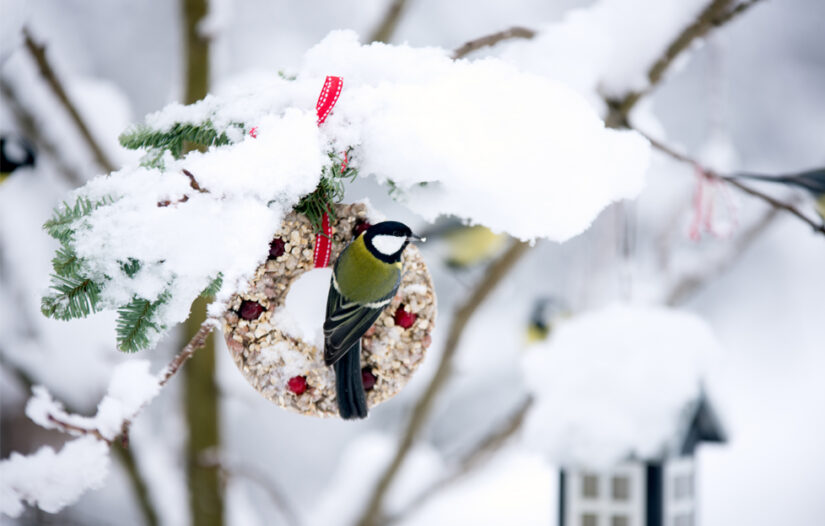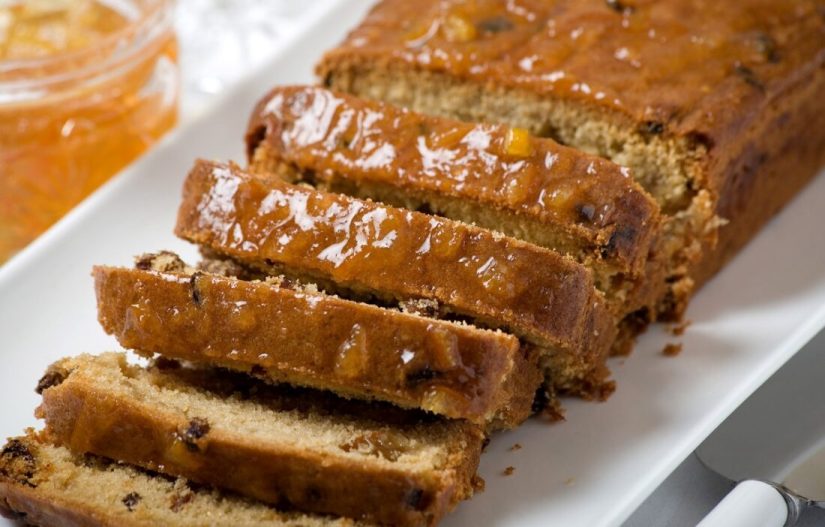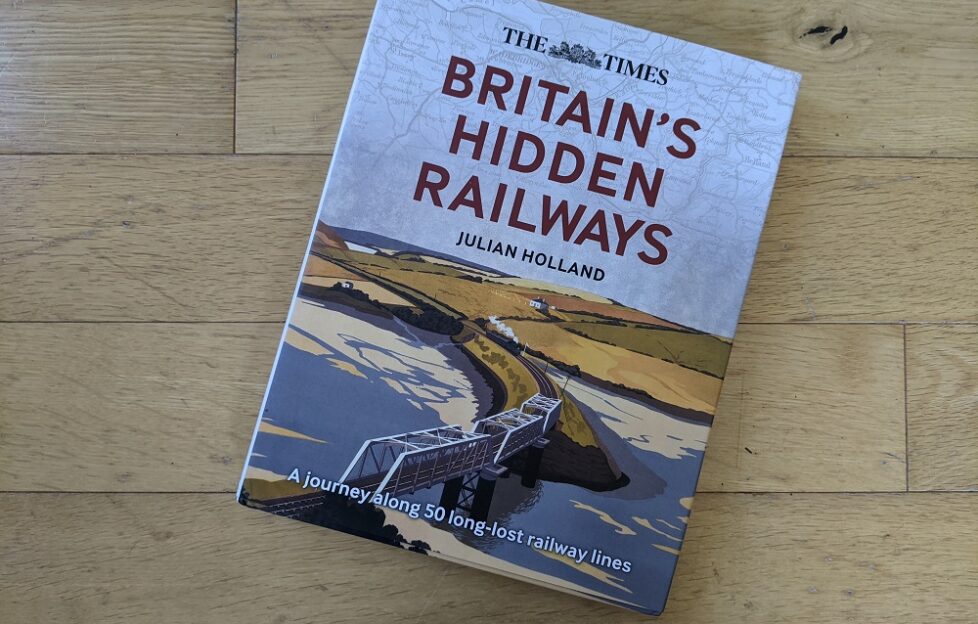
I’ve been sent this fabulous book: “Britain’s Hidden Railways”.
Now, although we do have a couple of trainspotters in my extended family, I’m not fanatical about trains at all. But I do think there are very few of us who don’t love a good train journey. Most of us find something a bit romantic about them.
Sometimes it’s just the sheer pleasure of not doing the driving. After all, you can’t really take in the scenery when you’ve to watch the road ahead.
However, I’ve had some lovely and memorable experiences on trains, home and abroad. When I was wee, my parents, my sister and I travelled to Venice on a train and ended up in a carriage with a group of nuns. Who were all lovely to us.
I once took a holiday to Austria, and caught the train from Vienna out to Salzburg. It was the first time I’d been in one of those compartment carriages. The corridor ran down the outside and in each “box” there were two rows of seats, facing each other.
In Alaska, we took a train that skirted the edge of Denali National Park. One of the cars had open doors, so you could just hang out the side. That train carried both tourists, hardy looking locals and shotgun-wielding hunters on their way into the backcountry.
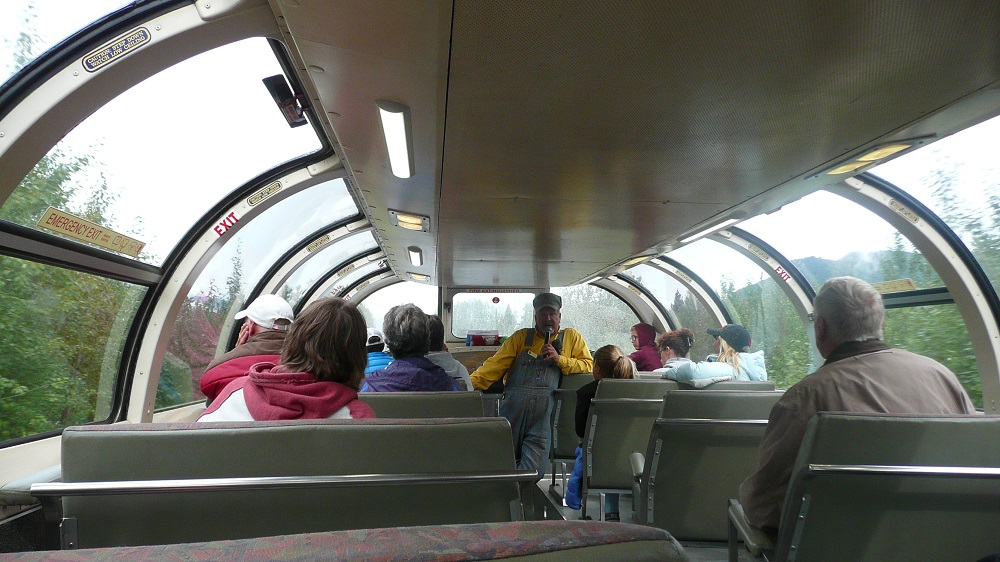
The Alaska Railroad. Photograph by Alex Dempster-Corlett.
The Book: Britain’s Hidden Railways
Anyway, I’ve got nothing but good memories of trains, apart from the odd packed commuter. I used to ride the lovely coast train from Teignmouth to Exeter to work, and we’d often be crowded into two carriages.
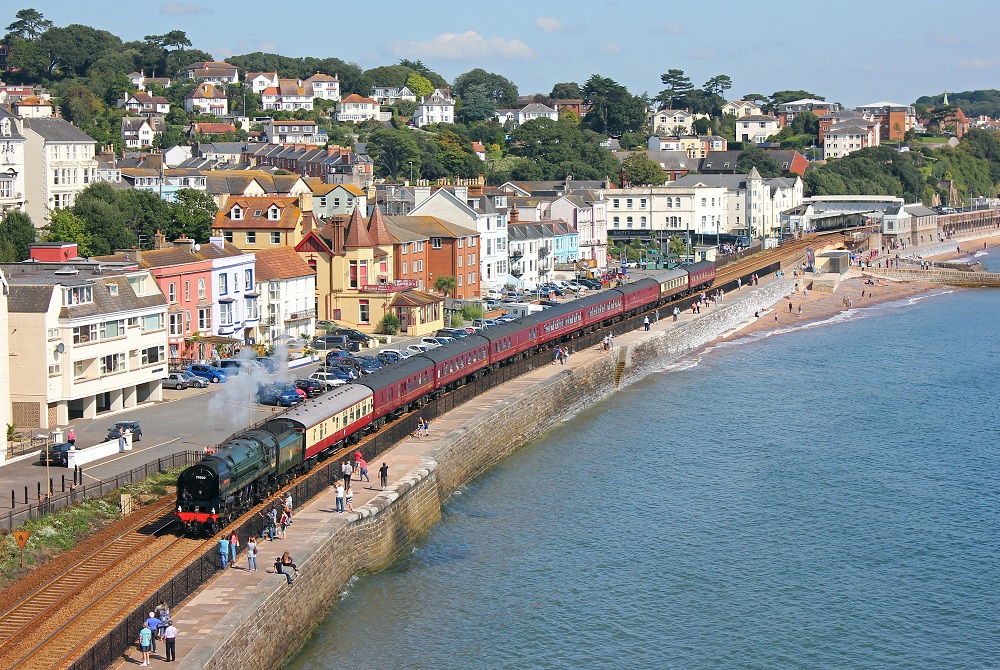
Dawlish Train Station. Shutterstock.
This lovely book by Julian Holland explores some of the railways that have been lost over the years. Most, of course, by Dr Beeching and his infamous pruning of the rail network. Some, though, were just never commercially viable – or the industries they served may have collapsed.
It’s the nature of our society, though, that the dominant method of transport tends to shape our country. First, water was quickest, and coastal communities were the beating heart of the nation. The trains and canals linked remote rural places with the big cities, and farmed food and other goods found their way across the country.
Villages and towns popped up around stations. Or vice-versa, and relatively sleepy spots suddenly boomed as the railways offered transport for locally grown goods.
Nowadays, of course, the car and air travel define our lives. If it’s not got a good road going to it, it’ll likely be a quiet place. Which is great for those of us looking for escape from the crowds. We just have to negotiate a few bumpy B-roads to find peace – or visit the spots people rush on through on their way to somewhere else.
Hidden Treasure
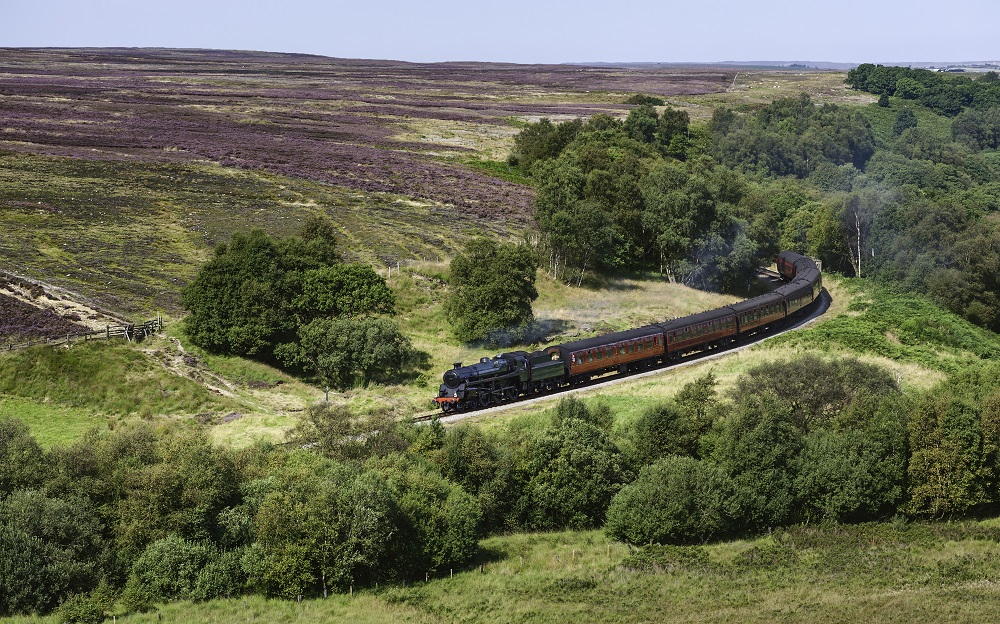
Shutterstock.
Julian’s book is not just for the hardy train fan. Yes, there are details of precise engines and rolling stock that will satisfy trainspotters, but there’s plenty for everyone else. Snaps of where the line has been reclaimed by nature. Information about routes that have become cycleways and footpaths. And the background of the communities they served.
I loved the old maps as well, which give you a hint at the ambitiousness involved in some of the routes. Cutting into the Peak District, or trying to connect northern England with the Pembroke coast. Tunnels that threatened to leak, mighty viaducts built and miles and miles of track – much of which is now bring reclaimed by nature.
This £30 book is now a coffee table favourite in our house.
Read more from Alex and the rest of the team on the Team Blog.


